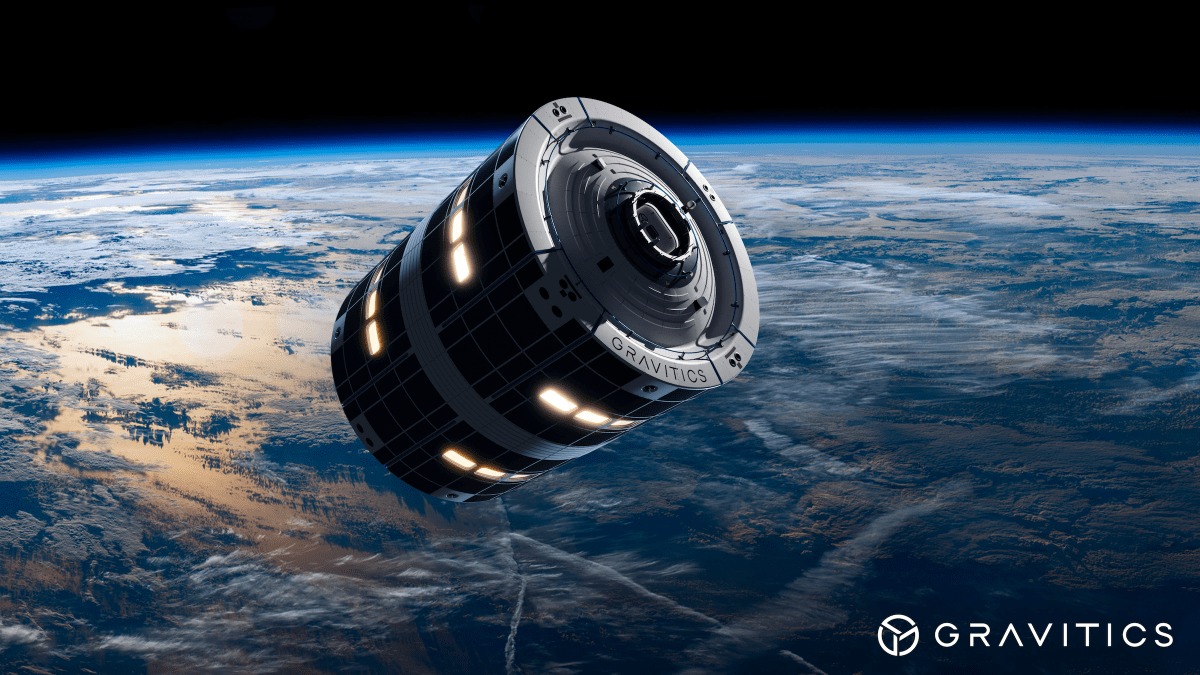The space industry is focused on the prospects offered by heavy-lift rockets such as Starship from SpaceX and New Glenn from Blue Origin. Spacecraft are expected to get bigger as engineers are no longer constrained by mass. However, current test methods are designed for vehicles up to 4 meters in diameter, which poses problems for companies like Gravitics, which develops space station modules up to 8 meters in diameter.

Gravitics signed an agreement with NASA this week to address a shortage of testing methods for building large spacecraft. This includes thermal, vacuum, vibration and acoustic testing as necessary to ensure the reliability of the vehicles at launch and in space. Developing new standards for large vehicles is important, especially for private companies that plan to build the next generation of space stations in low Earth orbit. The new rockets will allow larger modules to be launched, avoiding the lengthy assembly process as with the International Space Station.
“We joke that we want to be ready to provide modules from Stoke to Starship, from three meters to eight,” said Colin Doughan, CEO of Gravitics.
One of the problems is vibration testing, which simulates startup vibrations. Modern vibration stands cannot hold large apparatuses or generate the necessary forces to test them. In addition, the company often has to send the spacecraft to different centers for testing, which is difficult for 8-meter-diameter vehicles.
Doughan said the agreement didn’t mean creating a NASA standard, but it provided Gravitics with an approved path to launch its own products. If the collaboration with NASA is successful, it could help set a new standard for testing.
Mike DeRosa, co-founder and CMO of Gravitics, said large modules, habitats and other space infrastructure would be of great value to civilization. Certification of such vehicles for flight will begin thanks to Gravitics.
We previously reported on how SpaceX would build one Starship mega rocket per day.
According to techcrunch.com


